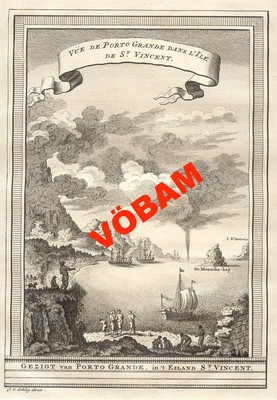Waesbergen, Johannes Janssonius van.
fl. 1661-81 (JAN JANSSON'S HEIRS)
Van Waesbergen, established as a bookseller in Amsterdam, acquired by inheritance from his father-in-law Jan Jansson many of Jansson's plates including those of the Atlas Minor, the Civitates Orbis Terrarum and the Atlas of the Antique World. These works were republished by him, or after his death in 1681 by his son, also named Johannes. For a time he was associated with Moses Pitt in the abortive attempt in 1680-81 to publish an English version of the major atlases by Blaeu and Jansson.
1703-1730.
Son till Johann Baptist Homann. Fortsatte faderns verksamhet, men dog redan 1730. Han testamenterade företaget till två av sina vänner under förutsättning att det skulle drivas under namnet 'Homanns Erben'. Verksamheten fortsatte under detta namn till 1848.
Allg. d. Biogr.
1862-1948. Född i Bergen, död i Oslo.
Norsk officer. Började studera 1882, blev officer 1889 och kapten i 'Bergenske Brigade' 1897. 1916 tog han avsked. Under åren 1895-99 var han mättekniker vid 'Norges Geografiska Oppmåling'. Till Norges jubileumsutställning 1914 utförde han ett par stora reliefkartor. Han var även målare och bildhuggare och deltog i flera utställningar och tävlingar. Under en tid ledde han Bergens konstförening.
Vägvisare för XI Olympiaden i Berlin - 1936
São Vicente, vy över hamnen. - J. V. Schley, ca 1760.



